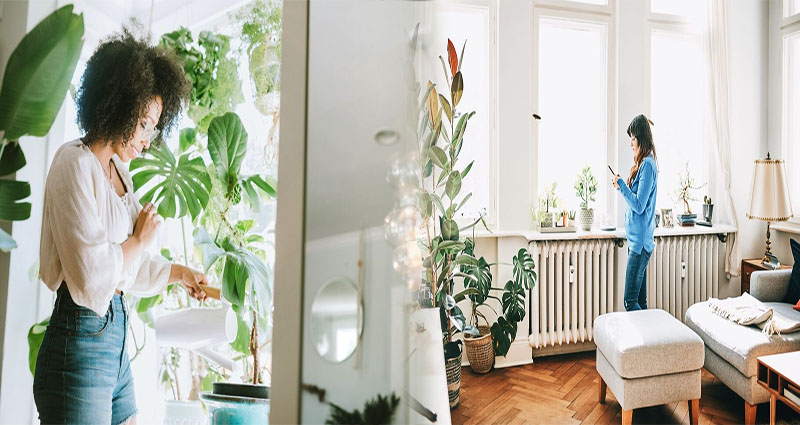Living a zero-waste and eco-conscious lifestyle has become increasingly important in our efforts to protect the planet and reduce our carbon footprint. Our living spaces play a significant role in this endeavor, as they offer endless opportunities for sustainable choices and practices. By incorporating eco-friendly materials, minimizing waste, and adopting sustainable habits, we can create living spaces that not only benefit the environment but also promote well-being and healthier living. Here are some tips for creating zero-waste and eco-conscious living spaces.
1. Declutter and Simplify
Start by decluttering your living spaces. Minimalism promotes sustainable living by reducing consumption and waste. Assess your belongings and keep only what is necessary and brings joy to your life. Donate, recycle, or repurpose items that no longer serve a purpose. Adopting a minimalist approach will not only create a more open and organized space but also discourage unnecessary consumption.
2. Choose Sustainable Materials
Selecting sustainable materials for your furniture, flooring, and decor can greatly contribute to an eco-conscious living space. Look for products made from renewable resources such as bamboo, cork, or reclaimed wood. These materials are durable, environmentally friendly, and add a natural touch to your space. When purchasing new furniture, opt for pieces made with organic and non-toxic materials.
3. Reduce Energy Consumption
Energy conservation is an essential aspect of sustainable living. In your living space, make an effort to reduce energy consumption. Replace traditional light bulbs with energy-efficient LED bulbs, unplug electronics when not in use, and utilize natural light during the day. Consider investing in energy-saving appliances and insulate your home to reduce heating and cooling energy needs.
4. Practice Efficient Water Usage
Conserving water is vital for sustainable living. Install low-flow fixtures in your bathroom and kitchen to reduce water usage. Collect rainwater for watering plants and use water-efficient appliances such as dishwashers and washing machines. Implementing these practices in your living space can significantly decrease your water consumption and contribute to water conservation efforts.
5. Utilize Natural Cleaning Products
Conventional cleaning products often contain harmful chemicals that are not only detrimental to the environment but also to our health. Opt for natural and biodegradable cleaning products or make your own using simple ingredients such as vinegar, baking soda, and essential oils. These alternatives are equally effective and pose no threat to the environment or air quality within your living space.
6. Implement a Recycling and Composting System
Setting up a recycling and composting system is essential for maintaining a zero-waste living space. Place clearly labeled recycling bins throughout your home, ensuring that materials are sorted correctly. Composting organic waste will not only reduce landfill waste but also provide nutrient-rich soil for your indoor and outdoor plants. Educate yourself and your household members on proper recycling and composting practices to minimize waste.
7. Grow Indoor Plants
Indoor plants not only add beauty and freshness to your living space but also contribute to improved air quality. Certain plants naturally purify the air by removing toxins and releasing oxygen. Consider incorporating plants such as aloe vera, spider plants, or peace lilies into your living space to enhance air quality and create a calming environment.
8. Embrace Secondhand and Upcycled Items
Giving new life to pre-loved items is an eco-friendly way to furnish and decorate your living space. Explore thrift stores, consignment shops, or online marketplaces for unique and sustainable furniture, decor, and accessories. Repurpose and upcycle items such as mason jars, wine bottles, or wooden pallets into functional and stylish pieces for your home.
By adopting these tips, you can create zero-waste and eco-conscious living spaces that align with your values and contribute to a sustainable future. Remember, small changes can make a significant impact. Start with one step at a time and enjoy the journey of creating a more sustainable and environmentally friendly home.












